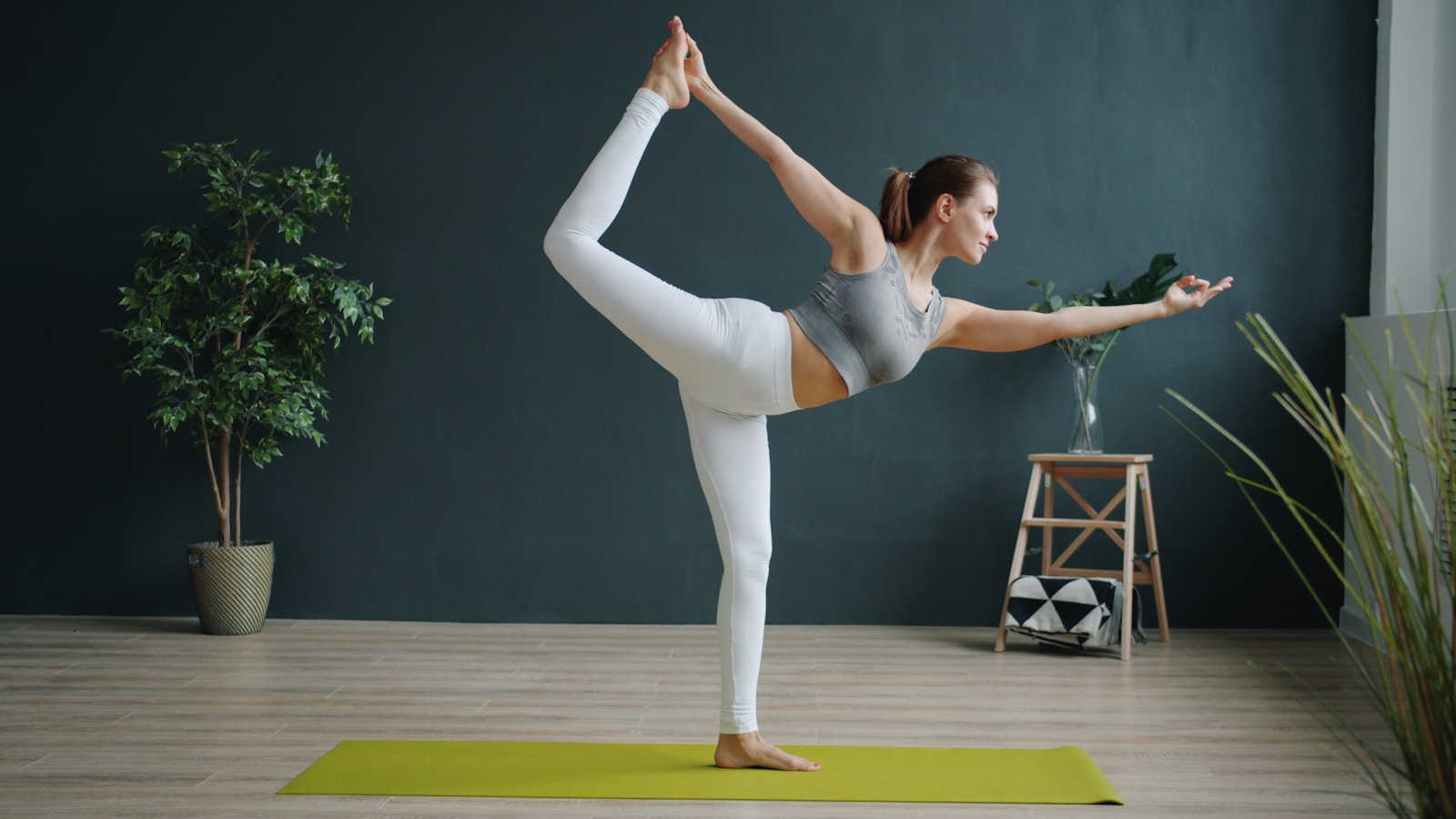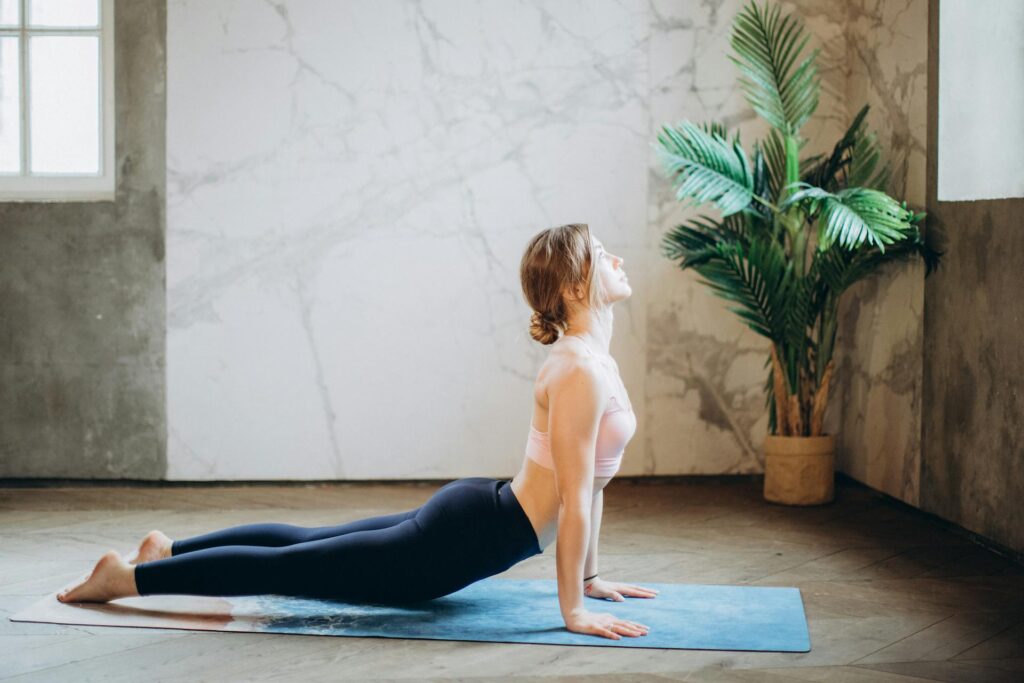The traditional crunch might be the gold standard for creating core strength without actually doing a crunch, but in fact, it is one of the worst ab exercises.
Below are alternatives. Lousy, repetitive bowing of your lower back due to crunches will put stress on your lower back and create muscle imbalances. Contemporary exercise science proves that functional exercises and isometric holds create more healthful core stability and protect your spine more effectively than crunches do.
They stimulate your whole core system, head-to-toe-to-deep stabilizers, which completely bypasses crunches. Ready to discover how to create healthier abs and optimize your overall core function in safer, better ways?
Why Drop Crunches for Better Core Exercises
Crunch-free core exercises also win out because they instruct your midsection on how to function the way it was designed to. Your core’s primary job isn’t to crunch your spine over and over; its primary job is to stabilize and transmit force from your upper half to your lower half during activities of daily living and sporting movements.
Advantages of crunch substitutes:
- Stress on the lower back and risk of injury decreased
- Engage deep stabilizer muscles such as the transverse abdominis
- Develop functional strength to be able to move around on the day
Spine biomechanist Dr. Stuart McGill discovered that planks and other isometric exercises engage the optimal core activation with minimal stress on the spine. Unlike crunches that focus only on superficial rectus abdominis, the exercises engage your whole core system of obliques, multifidus, and pelvic floor muscles.
Example: A 60-second plank engages your core muscles to 100% strength, whereas 100 crunches engage the exact same sets of muscles but only to 64% strength.
Read More: Is It Safe to Work Out Every Day? What Science Says
Master These Plank Variations for Ultimate Core Strength
Plank variations are the secret to smart core training. The standard plank acclimates your muscles to work as a single unit, which serves as the foundation for all more complex movements.
Begin in a modified forearm plank: Place your forearms on the ground with your elbows under your shoulders. Engage straight lines from head through heels, squeezing glutes and drawing belly buttons towards spine. Hold for 30-60 seconds, typically with normal breathing.
Advanced progressions:
- Side planks engage the obliques and enhance lateral stability
- Plank-to-downward dog adds dynamic movement patterns
- Single-arm plank tests anti-rotation strength
Tip on form: Resist the tendency to lift your hips too high or slump. Your body must be in one straight line. If you’re unable to maintain perfect form, shorten the hold time instead of sacrificing your position.
Case study: Olympic swimmer Katie Ledecky credits plank variations as an integral part of her core workout, enabling her to maintain her body in a perfectly aligned position for long-course races.
Read More: How to Improve Posture Without Seeing a Specialist
Bird-Dogs and Dead Bugs: Perfect Position for Perfect Results
They have goofy names, but don’t take them lightly when it comes to designing your core and bringing coordination and spinal stability to new heights.
Bird-dog technique: Start on hands and knees with shoulders down over wrists and hips down over knees. Simultaneously push the right arm out in front and the left leg back straight in a line. Hold for 5 seconds and switch. Level out your hips and activate your core during movement.
Dead bug movement: Lie on your back with arms extended to the sides towards the ceiling and knees bent 90 degrees. Lower the right arm overhead while straightening out the left leg until it is nearly on the floor. Repeat the starting position and do the opposite sides.
Form requirements: Controlled and slow. The lower back should be on the ground when doing dead bugs. Dead bugs condition opposite-side coordination necessary for walking, running, and most sports.
Core strength without crunches is not possible, but it’s better. Functional movements like these develop life strength and don’t place unnecessary stress on your back. Master great form for reps or time, beginning with plain planks and dead bugs. Once stability is mastered, progress to more advanced versions, such as single-arm planks and bird-dog holds.
Your core is worth more than a never-ending loop of crunches that strain your back and cap your potential. Incorporate these evidence-based moves into your routine 3-4 times a week to feel the difference in strength, stability, and fitness. Ready to turn your core training on its head?




